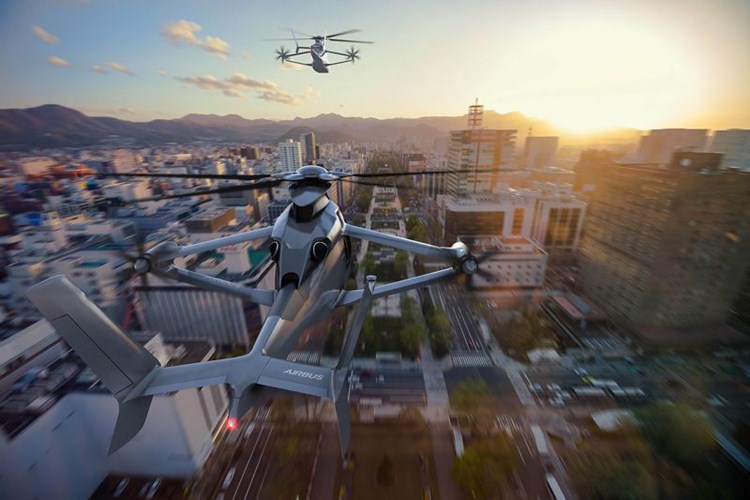We recently spoke to Ron van Manen, Clean Sky 2 Programme Manager, about some of the work going on under the initiative.
Clean Sky is the largest European research programme; it’s a public-private partnership aimed at developing innovative, cutting-edge technology to reduce CO2, gas emissions and noise levels produced by aircraft. The programme is now in its second phase – Clean Sky 2.
We recently spoke to Ron van Manen, Clean Sky 2 Programme Manager, about some of the work going on under the initiative.
Open Rotor
Open Rotor is a concept for a next-generation aircraft propulsion system. Although it was trialled by NASA and US manufacturers in the ’80s, it was shelved due to the fact the technology was noisy and there was a drop in fuel prices.
Now under Clean Sky, researchers have been able to revive the Open Rotor programme and achieve 40% fuel burn reduction, even compared to more modern aircraft, as well as reducing noise levels to below those in today’s cutting-edge engines. This has been achieved through a system of open blades without a duct around them
“We can reduce the noise and get the 40% fuel burn reduction. We’re having our cake and we’re eating it too.”
By Ron van Manen, Clean Sky 2 Programme Manager
Van Manen stresses that this progress couldn’t have been achieved without “a programme approach with six/seven years of funding continuity and commitment from the industry to pursue this agenda.”
Racer

Also in the works is the Racer, a high-speed helicopter demonstrator currently being developed by Airbus Helicopters as part of the Clean Sky 2 research programme.
The aircraft configuration combines fixed wings for energy efficient lift, propellers (so called lateral rotors) for energy-efficient propulsion and a main rotor that provides energy-efficient VTOL (vertical take-off and landing) flight capabilities. Flight tests are scheduled for the aircraft for 2020.

